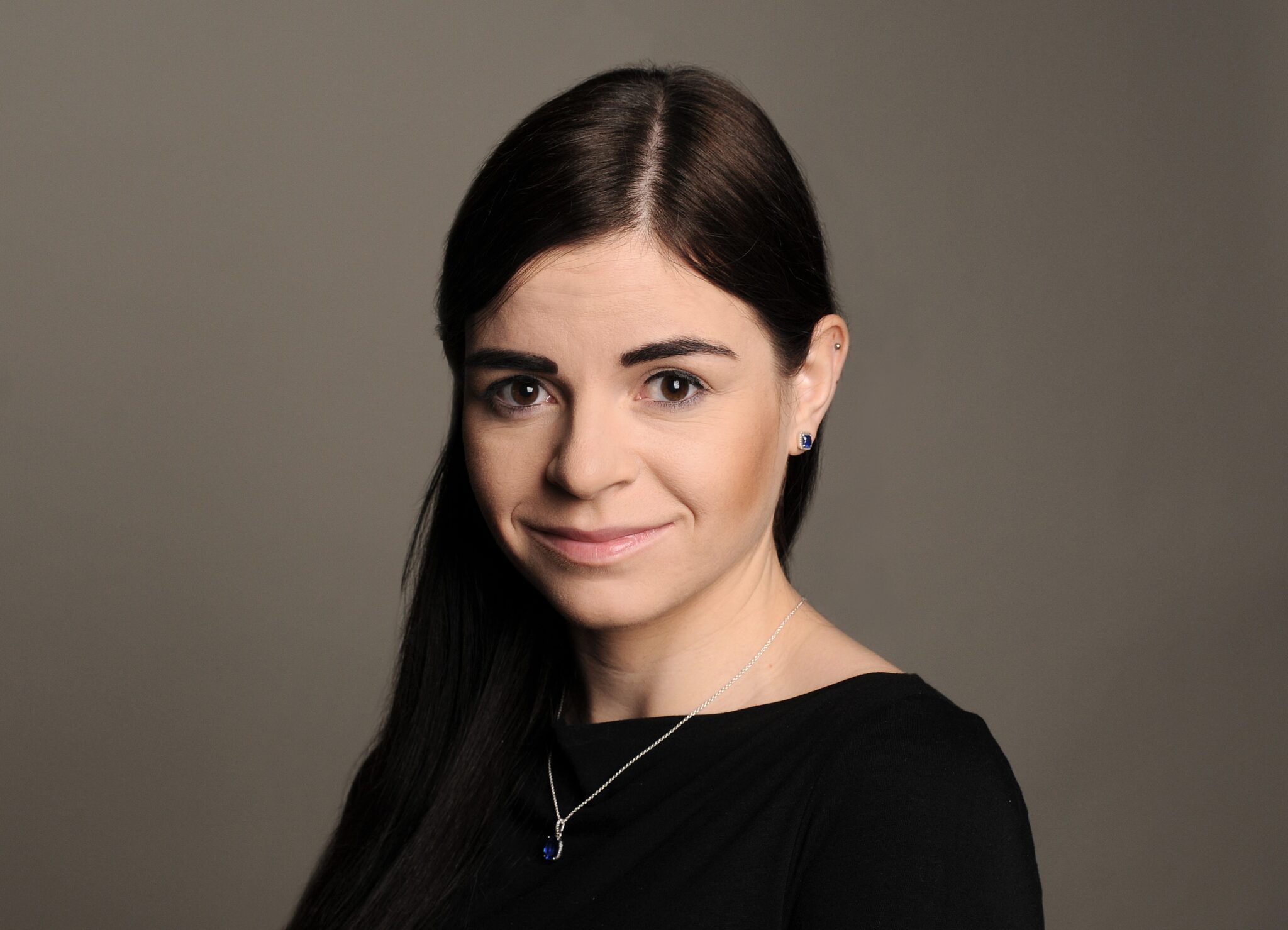Among the EU institutions, there is often a mistaken belief that such large heating systems as the ones in Poland can be easily greened by eliminating the heating network and installing heat pumps powered by electricity from renewable energy sources in all buildings. This conviction couldn’t be further from the truth – says Dorota Jeziorowska, Director of the Polish Association of Professional Heat and Power Plants (PTEZ), in an interview with BiznesAlert.pl.
BiznesAlert.pl: What opportunities will the development of renewables open up for district heating?
Dorota Jeziorowska: Undoubtedly, renewables are the future of the heating sector. However, we must remember that the replacement of a heat source in a single-family house and the construction of a production unit supplying the heating system in a provincial city is a completely different type of investment. It is impossible, contrary to the narrative often proclaimed in the public space by various actors, to switch the entire energy sector in the country to RES in one day. Everything is an ongoing process, especially in the case of large investments, but unfortunately this process is being disrupted by the frequently changing EU rules on climate and energy policy. The heating industry in Poland will be becoming more green, but the most important thing is that it must be done in a sustainable way and as friendly as possible for final customers, especially in the economic aspect.
The report of the Polish Association of Professional Heat and Power Plants (PTEZ), which we presented a few weeks ago, mentioned low – and zero-emission technologies, the use of which is possible due to technical, economic and regulatory conditions. These certainly include gas cogeneration, biomass, electrode boilers powered by electricity from RES, geothermal, large-scale heat pumps, waste heat, and in the future also green hydrogen or biomethane and SMR technologies.
What are the barriers to the development of these solutions in Poland?
A big barrier is, as I have already pointed out, the fact that EU decision-makers are unfortunately still changing their approach to what is the source of renewable energy and what is not. Just two years ago, when the European Commission’s original proposal for the Fit for 55 package appeared, the catalogue of technologies that could be considered green was different from what it is now. It is definitely difficult to make investment decisions in such circumstances, but the decisions about the key documents of this package have been already almost finalized, which can serve as a basis for adopting concrete directions for transformation and planning tools to support this process.
Another barrier is the availability of a specific source of renewable energy in a given location, so there is no one universal fuel mix for heating systems. Waste heat, geothermal energy, biomass – the possibility of obtaining or using them strongly depends on local resources.
We must also not forget about the technical barriers. Among the EU institutions, there is often a mistaken belief that such large heating systems as the ones in Poland can be easily greened by eliminating the heating network and installing heat pumps powered by electricity from renewable energy sources in all buildings. This conviction couldn’t be further from the truth – due to many factors, which we described in our report, this is simply impossible.
It should also be pointed out that the mix of technologies that can be used in a given heating system will strongly depend on its size. The larger the system, the smaller the range of technologies leading to carbon neutrality in 2050. A significant problem is that many technologies or fuels are not yet available for large-scale applications. I am thinking here, for example, of green hydrogen or biomethane, which, in order to be widely used in heating, it is necessary to develop the market for these fuels in order to ensure their actual supply and appropriate transmission and distribution infrastructure.
Are the Fit for 55 regulations tailored to these conditions?
The structure of heat demand in individual EU member states and the importance of the heating sector for their residents are so diverse that for each country the importance of legislation in this area will be felt quite differently. In the case of Poland, it is really important, even more than in the case of the Scandinavian countries, where far fewer people live.
The Fit for 55 regulations leave far too little leeway in shaping the energy mix for individual heating systems on the way to achieving the 2050 climate neutrality target. This is especially important for the largest systems – smaller ones, apart from other conditions, have the widest possibilities in terms of technology selection, they are also less affected by the technical aspect associated with the need to ensure an appropriate temperature of the heat carrier.
As an industry, we acknowledge the great importance of cogeneration units in the process of transformation, and we look at sector coupling in terms of cooperation between the electricity and heating sectors in two directions, not only as an opportunity to manage surplus electricity from RES in heating systems, but also through the prism of cogeneration units as stable generation units that renewable energy installations, can support the National Electricity System.
How can district heating survive these changes and is it not ultimately doomed to failure?
District heating is our national achievement, which has a significant impact on ensuring energy security for Polish residents in the context of ensuring continuous heat supply, and is also an effective weapon for combating low emissions in cities. These two conditions, i.e. security of heat supply and good air quality, are crucial for the quality of life of Poles. Despite the fact that the demand for heat is reduced through extensive activities in the field of thermoregulation, all analyses indicate that district heating in Poland currently has and will continue to play an important role in the process of decarbonization of the Polish energy sector, especially given the practical impossibility of dividing heating systems.
Interview by Wojciech Jakóbik









